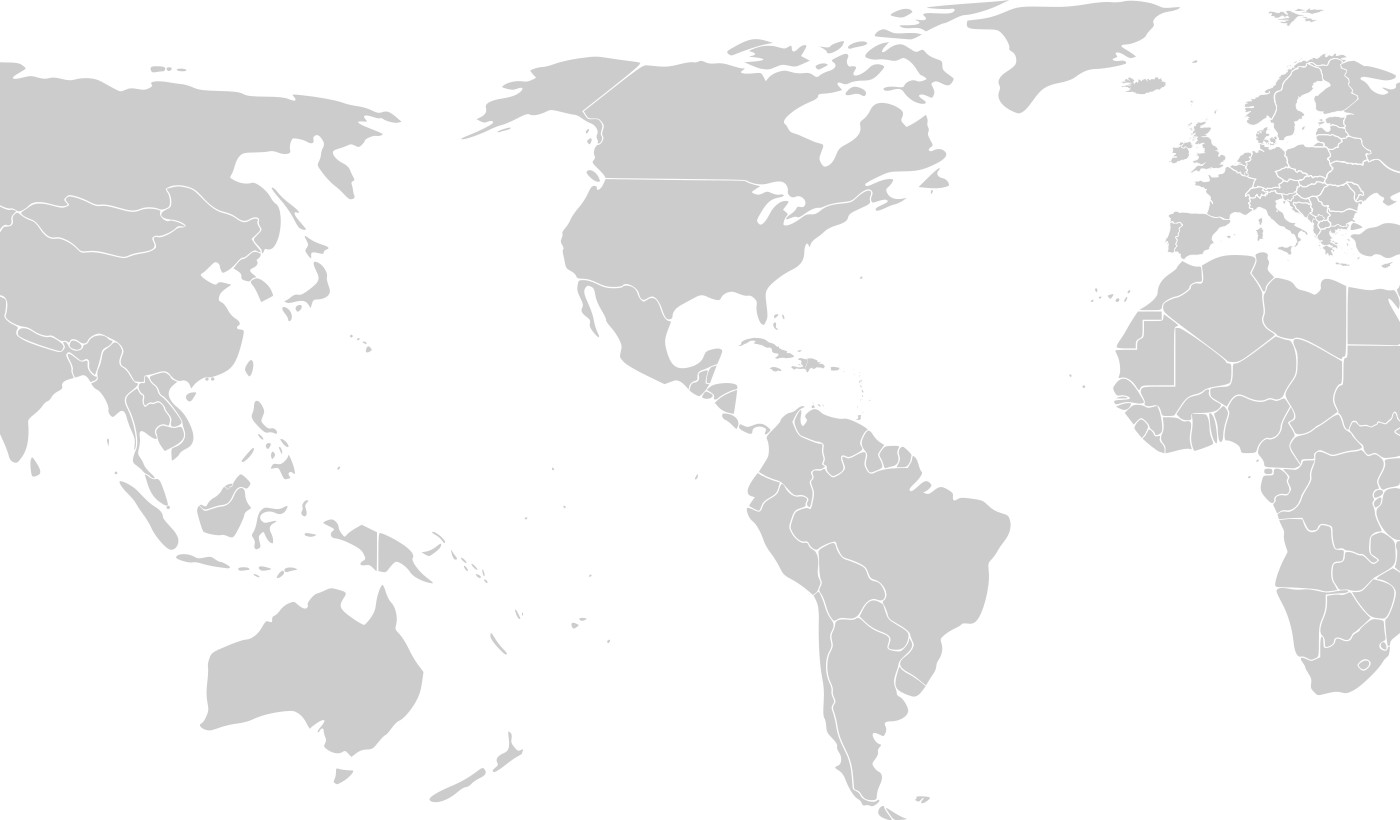E'kabel Blog
Cables for Classified Areas:
Safety and Reliability in Critical Environments
In commercial and industrial sectors, safety is paramount, especially in environments where flammable and potentially hazardous substances are handled.
In such situations, selecting the right cables is essential to mitigate risks and protect facilities and personnel. These areas are categorized based on the substances present in their environment, as defined in the NEC under classes and divisions:
Classifications according to the National Electrical Code (NEC)
The NEC divides hazardous areas into various classes and divisions:
- Class 1
- Class 2
- Class 3
- Division 1
- Division 2
Critical zones, classified as Class 1, Division 1, or “Hazardous Locations,” are areas with a high likelihood of flammable concentrations of gases, vapors from flammable liquids, or combustible liquids. These pose risks of explosions or fires due to equipment malfunctions or process failures. The NFPA defines these areas as:
- In which ignitible concentrations of flammable gases, flammable liquid-produced vapors, or combustible liquid-produced vapors can exist under normal operating conditions, or
- Which ignitible concentrations of such flammable gases, flammable liquid-produced vapors, or combustible liquids above their flash point might exist frequently because of repair or maintenance operations or because leakage, or
- In which breakdown or faulty operation of equipment or process might release ignitible concentrations of flammable gases, flammable liquid-produced vapors, or combustible liquid-produced vapors and might also cause simultaneous failure of electrical equipment in such a way as to directly cause the electrical equipment to become a source of ignition.
These hazardous locations are also identified in UL1277 and UL2225 (Underwriters Laboratories) standards, which mandate specific safety measures.
Cables Designed for Critical Environments
MC-HL cables are specifically designed for classified areas. They feature a continuously corrugated and welded armor (CCW), providing complete protection against flammable gas permeability. This minimizes ignition risks from sparks. The “-HL” designation ensures suitability for critical zones. These cables are widely used for their proven safety and reliability.
TC-HL Cables: When armor is not required, TC cables offer a convenient solution. According to NFPA70, these cables are suitable for installation in trays within restricted areas where they are not subject to physical damage, with a maximum voltage of 600V. Proper fittings and terminations for the zone are required.
- In restricted industrial establishments for applications limited to 600-volt nominal or less, where the cable is not subject to physical damage and is terminated with fittings listed for the location, Type TC-ER-HL cable. If installed in a ladder, ventilated trough, or ventilated channel cable tray, the cable shall be installed in accordance with 392.22. Type TC-ER-HL cable shall be listed for use in Class I, Division I, or Zone I locations and shall be installed in accordance with 336.10
As MC-HL cables, TC-HL cables are designed for hazardous environments and bear the “-HL” marking for easy identification.
Exposed Run Cables:
Cables marked “-ER” are robust enough for exposed installations between cable trays and connected equipment. They must withstand additional impact and crush tests, as per UL1277 standards. If a classified area also requires exposed run conditions, an “-ER-HL” cable must be selected to meet both requirements.
Advantages of TC-ER-HL Over MC-HL Cables
Ease of Installation: TC-ER-HL cables are more flexible and lightweight than armored cables, simplifying handling and installation. This reduces labor time and costs.
Efficiency: By eliminating the need for additional armor, TC-ER-HL cables are a more economical solution without compromising safety.
Versatility: These cables are adaptable to various applications in commercial and industrial settings, suitable for both exposed installations and tray systems.
The importance of investing in specialized cables
Choosing the right safety cables for classified areas is critical for preventing potential risks in hazardous environments. For class 1, division 1 areas, both cables and accessories must maintain safety with the “-HL” designation. For exposed cable runs, the “-ER” marking ensures compliance with the required impact and crush tests.
Although specialized cables may involve higher upfront costs due to intensive manufacturing and testing, they provide long-term benefits, such as reducing replacement costs, avoiding fines, and preventing accidents. Inadequate cable selection can result in significant losses, as insurers may not cover incidents causedby improper installations.
With proper markings and specialized features, cables like MC-HL and TC-ER-HL offer peace of mind to professionals and facility owners, ensuring safety while also providing additional benefits such as ease of installation and cost reduction.
Rainer Alvarez
Bennu Project Development Engineer


